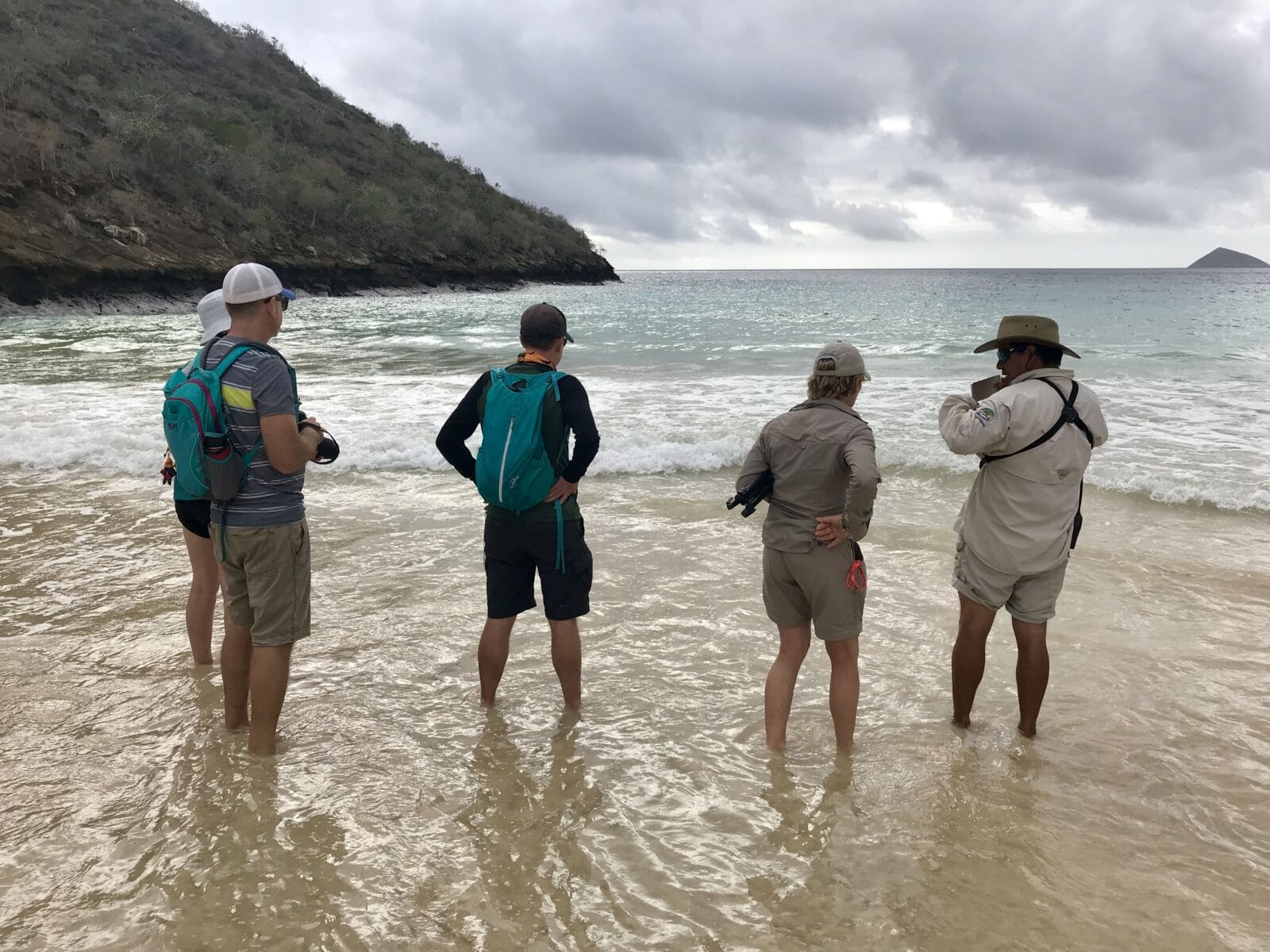Led by Program Lead Dr. Candice Carr Kelman, the Center for Biodiversity Outcomes actionable science team published an article in Conservation Biology on how to produce actionable science for conservation. Through interviews with 71 conservation scientists who participated in fellowships focused on training scientists to be agents of change, they identified 16 activities researchers employ to make their science more actionable. From these activities, they identified five approaches: the discloser (focused on open access), the educator (focused on science communication), the networker (focused on user needs and building relationships), the collaborator (focused on boundary spanning), and the pluralist (focused on knowledge coproduction resulting in valuable outcomes for all parties).
Below is an table of the nested levels of activities used to produce actionable science as reported in interviews with conservation scientists, from overarching intent through specific activities.
| Scale of activities | Activities |
|---|---|
| Why respondents pursued actionable science (motivations, values, overall intended outcomes, goals of research activity) | Focus on real-world impacts; building agency, capacity, and knowledge |
| How respondents pursued actionable science (strategies) | Science communication; boundary spanning; creating long-standing partnerships with managers; collaborative inter- and transdisciplinary research; involvement in management, policy, and action forums coproduction |
| What respondents did to pursue actionable science (tactics and specific activities and skills) | Focus on user needs; networking and building relationships; involving intended users in design of research; early engagement of stakeholders; strategic planning; deep listening and understanding; face-to-face interaction; open access and open-source data or findings |
